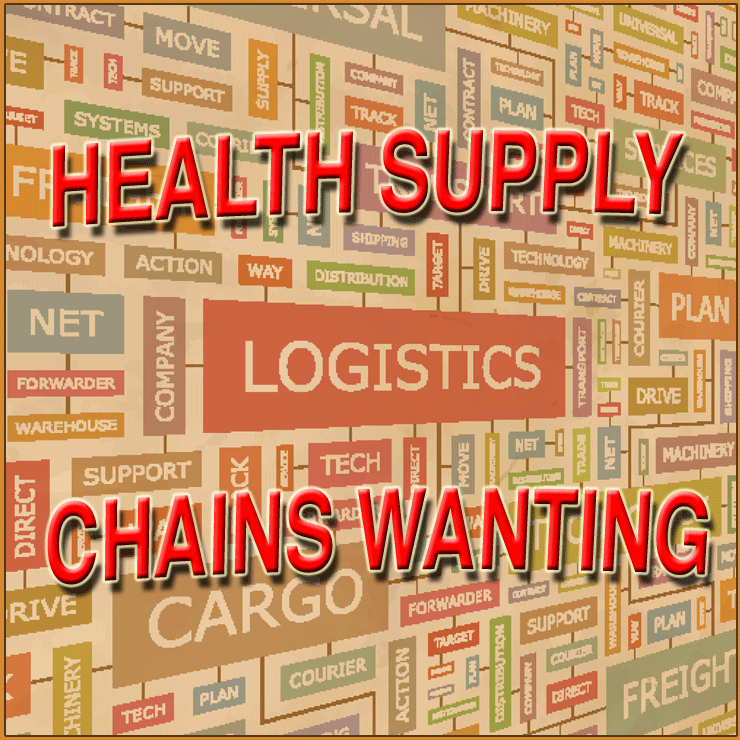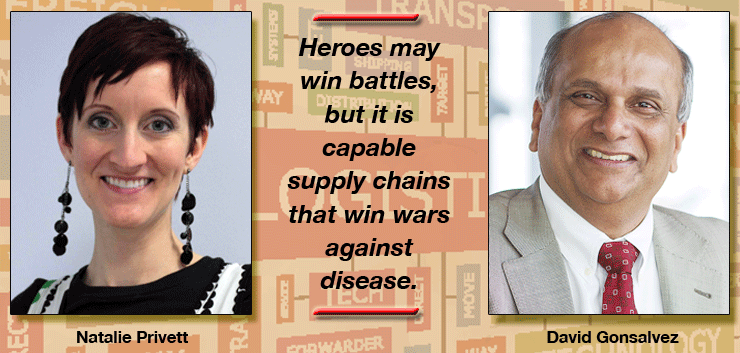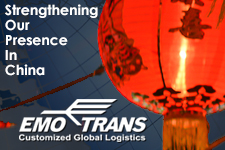
When
talking Pharma, nearly everybody has a plan, a cooler,
a flight, or a better idea. The Air Freight industry
is always seeking supply chain solutions to serve the
health care business. But the air cargo industry may
have been given an important tool on the road to deeper
development into health care.
According to a landmark
and still relevant report issued in late 2014 after
a study was conducted by professors at New York University
(NYU) Wagner and Massachusetts Institute of Technology
(MIT)-Zaragoza, “global pharmaceutical supply
chains are fragmented and lack coordination, facing
at least 10 fundamental challenges.”
“Heroes may win
battles, but it is capable supply chains that win wars
[against disease],” writes Natalie Privett, assistant
professor of management and policy at the Robert F.
Wagner Graduate School of Public Service at New York
University, and David Gonsalvez, professor of supply
chain management at the MIT-Zaragova International Logistics
Program and former global supply chain director with
General Motors.

Yet, they add, the global
health pharmaceutical delivery (GHPD) supply chains
are wanting.
The research article,
entitled “The top ten global health supply chain
issues: Perspectives From the Field,” has been
published in Operations Research for Health Care, an
academic journal, and is available for $31.50 (see below).
The article sheds light
on the key areas of weakness and what specifically is
needed to strengthen the pharmaceutical supply chains.
Privett and Gonsalvez
interviewed and surveyed 22 individuals with various
roles in supply chains and asked them to identify the
“top ten” challenges as they see them.
Top
Ten Health Supply Chain Issues
1. Lack
of coordination.
2. Inventory management.
3. Absent demand information
4. Human resource dependency
5. Order management
6. Shortage avoidance
7. Expiration
8. Warehouse management
9. Temperature control
10. Shipment visibility. |
“Lack of coordination
in the GHPD supply chain is a root cause issue whose
existence aggravates nearly every other issue directly
or indirectly,” according to the article.
The paper draws attention
to both the needs and opportunities in GHPD supply chains
in an attempt to “drive future actions, policies,
and research which can ultimately improve pharmaceutical
delivery in developing regions and save lives.”
It’s important to
know more about your subject and then start thinking
into even more finite end-to-end solutions.
Works for us.
To access the article,
please click here:
|



